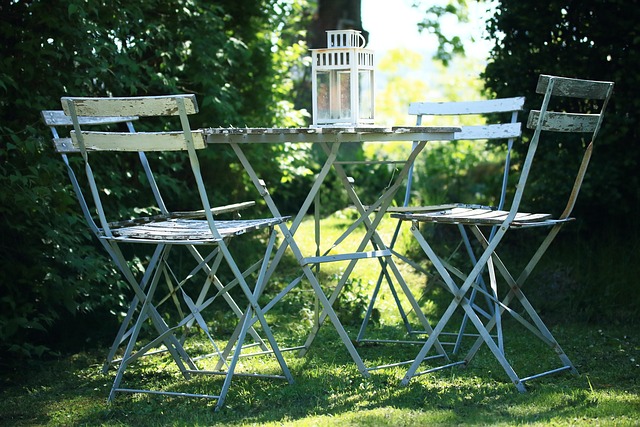Outdoor furniture must be durable to withstand various weather conditions. High-density polyethylene (HDPE) and teak are top choices for their weatherproof properties—HDPE resists UV rays and won’t rot or splinter, while teak contains natural oils that protect against water damage and pests. For those environmentally conscious, recycled materials mimic natural wood and offer superior resistance to the elements. Design features like slatted surfaces and mesh inserts aid in drying, reducing mold and mildew risks. Eco-friendly treatments with linseed or tung oil can protect wooden furniture without harmful chemicals. Waterproof fabrics for cushions, treated with durable water repellents (DWRs), are essential for preventing water damage and maintaining a stylish appearance. Metal furniture should be coated with powder or galvanized zinc to prevent rust and corrosion. Composite materials, which blend plastics and wood fibers, also require maintenance, including gentle cleaning, UV protection in sunny areas, and regular checks for wear and tear. Proper care and timely maintenance ensure that outdoor furniture remains an attractive and functional part of your living space for years to come.
Whether you’re a seasoned outdoor enthusiast or a homeowner seeking to enhance your garden’s ambiance, crafting a resilient oasis against the caprices of nature is paramount. This article delves into the art of constructing weather-resistant outdoor furniture, guiding you through the selection of robust materials, strategic design elements, and protective treatments to ensure your furnishings withstand the elements. From shielding wooden pieces with apt treatments to utilizing waterproof fabrics for cushions, and enhancing metal frames with resilient coatings, we explore a spectrum of techniques to safeguard your outdoor retreat. Additionally, we’ll navigate the maintenance of composite materials, ensuring they endure for years to come. With these insights, transform your outdoor space into an enduring sanctuary that withstands the test of time and weather.
- Choosing Durable Materials for Outdoor Furniture
- Design Considerations for Weather Resistance
- Effective Treatments to Protect Wooden Furniture
- Employing Waterproof Fabrics in Cushions and Upholstery
- Enhancing Metal Furniture with Corrosion-Resistant Coatings
- Maintaining Composite Materials for Longevity
Choosing Durable Materials for Outdoor Furniture
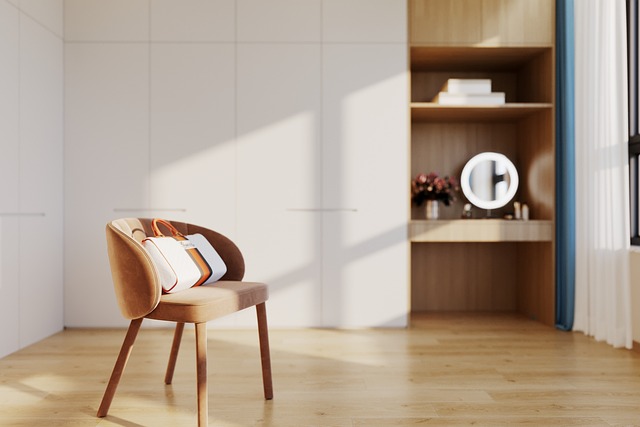
When crafting outdoor furniture intended to withstand the elements, selecting durable materials is paramount. High-density polyethylene (HDPE) is a robust plastic renowned for its weather resistance and longevity. It’s resistant to fading, rotting, and splintering, making it an ideal choice for creating furniture that remains aesthetically pleasing and functional over time. Additionally, materials like teak and other hardwoods are favored due to their natural oils, which provide a level of weatherproofing. These oils help the wood resist water damage, warping, and pests, ensuring the furniture maintains its integrity through various climates. For those seeking eco-friendly options, recycled materials can be processed into composites that mimic the look and feel of natural wood but with enhanced durability against weather conditions. In any case, it’s crucial to consider the specific environmental factors the furniture will encounter, such as intense sun, heavy rain, snow, and wind, to ensure the materials chosen can endure these elements without significant maintenance or deterioration. Regular cleaning and occasional treatments, if necessary, can further protect and extend the life of weatherproof outdoor furniture, keeping it a comfortable and inviting extension of one’s living space.
Design Considerations for Weather Resistance
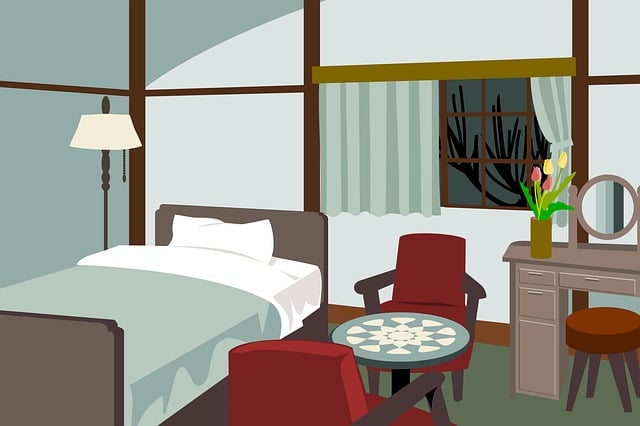
When designing outdoor furniture to withstand various weather conditions, it is imperative to consider materials that offer superior resistance to environmental elements such as UV rays, moisture, and temperature fluctuations. High-density polyethylene (HDPE) and teak are popular choices due to their durability and weather-resistant properties. HDPE, for instance, is highly resistant to fading, rotting, and splintering, making it an ideal material for low-maintenance outdoor furniture. Teak, on the other hand, has natural oils that make it water-resistant and resilient against UV rays, ensuring longevity and aesthetic appeal.
The design should also incorporate features that facilitate water runoff and prevent pooling, which can cause damage over time. Slatted surfaces or mesh inserts can enhance the furniture’s ability to dry quickly after rain, reducing the risk of mold and mildew growth. Additionally, designs with ample airflow help maintain furniture integrity by mitigating the effects of humidity. Attention to detail, such as sealed joints and robust fasteners, ensures that water does not seep into the furniture’s structure during heavy rainfall or snowmelt events. Employing these design considerations for weather resistance can significantly enhance the longevity and functionality of outdoor furniture, guaranteeing a comfortable and enjoyable outdoor experience despite varying weather conditions.
Effective Treatments to Protect Wooden Furniture
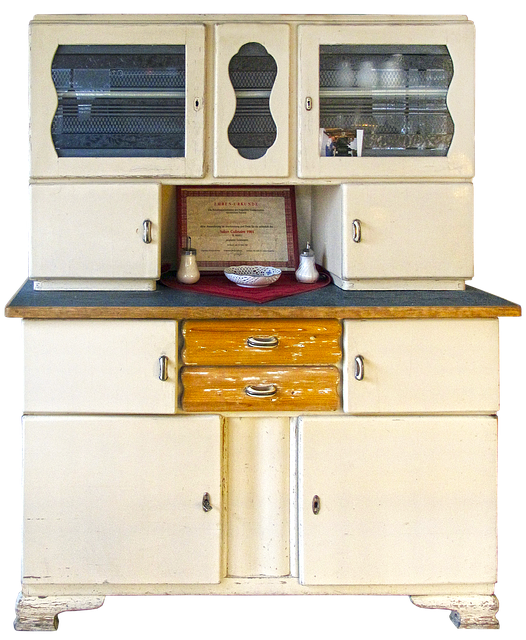
When safeguarding wooden outdoor furniture from the elements, effective treatment is paramount. To begin with, pressure-treated wood should be avoided as it can leach chemicals that may damage surrounding areas and are not environmentally friendly. Instead, opt for high-quality, naturally durable wood species like teak, cedar, or tropical hardwoods which possess inherent resistance to decay and pests. Regular maintenance is crucial; annually applying a water-repellent preservative will shield the wood from water damage while also preventing the growth of algae, mold, and mildew. These preservatives often contain UV filters that protect against sun bleaching as well. For an eco-friendly alternative, linseed oil or tung oil can be used; they penetrate the wood deeply, nourishing it and providing a flexible, durable finish that withstands moisture changes without cracking. It’s important to apply these oils thoroughly, ensuring all surfaces are covered, particularly ends and cuts where moisture can penetrate more easily. With consistent care, wooden outdoor furniture can endure the weather’s whims and remain a sturdy and beautiful fixture in any outdoor space.
Employing Waterproof Fabrics in Cushions and Upholstery

When designing outdoor furniture to withstand the elements, particularly water, the choice of fabric for cushions and upholstery is paramount. High-quality, waterproof fabrics are essential to ensure that furniture remains comfortable and functional despite exposure to rain and moisture. These materials, often treated with durable water repellents (DWRs), provide a barrier against water ingress, effectively maintaining the integrity of the cushions and preventing mold or mildew growth. The selection of such fabrics is not just about practicality; it also encompasses aesthetic considerations, as many waterproof materials come in a variety of colors and patterns that can complement any garden or patio setting. Additionally, these fabrics are typically engineered to be breathable, allowing air to circulate and keeping the cushions from becoming saturated and heavy after a rainfall. This combination of water resistance and breathability ensures that outdoor furniture remains both durable and comfortable over time. Manufacturers often incorporate advanced technologies such as lamination or coating processes to enhance the waterproof qualities of their fabrics, further guaranteeing that weather-proof outdoor furniture can endure various climatic conditions without compromising on style or comfort.
Enhancing Metal Furniture with Corrosion-Resistant Coatings
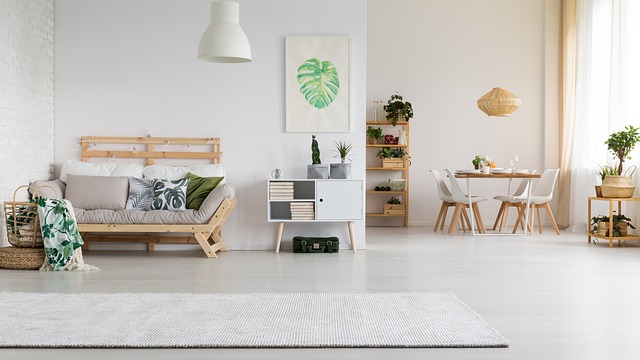
When crafting weatherproof outdoor furniture from metal, the application of corrosion-resistant coatings is paramount to ensure longevity and durability. These coatings form a protective barrier against the elements, effectively shielding the metal from oxidation and rust. Among the most common and effective types of coatings are powder coating and galvanized zinc. Powder coating provides a durable, high-quality finish that is resistant to chipping, fading, and wear. It’s available in a myriad of colors, allowing for both functional and aesthetic customization. Galvanized zinc, on the other hand, offers robust protection through a process known as galvanization, where a layer of zinc is bonded to the metal substrate. This layer acts as an sacrificial barrier; it corrodes instead of the underlying metal, thereby preserving the structural integrity and appearance of the furniture over time. The choice between these options should consider factors such as the intended lifespan of the furniture, the specific environment it will be exposed to, and the level of maintenance the owner is willing to undertake. Properly coated metal outdoor furniture not only withstands the test of time but also enhances the overall appeal of any patio or garden setting.
Maintaining Composite Materials for Longevity
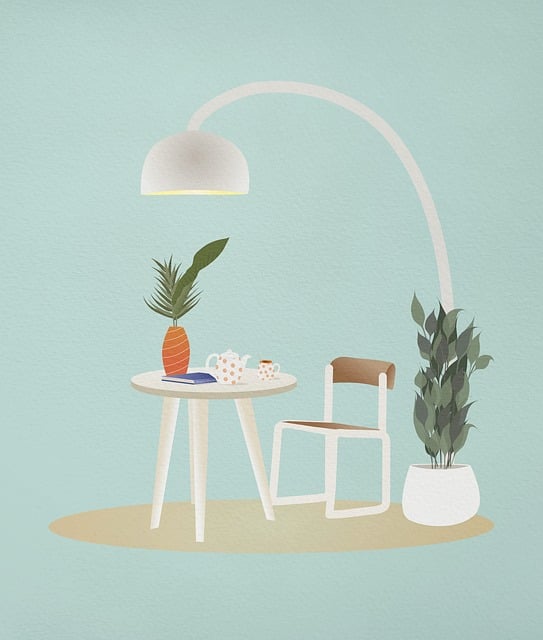
When crafting outdoor furniture from composite materials, such as those made from a blend of plastics and wood fibers, longevity is a key factor in maintaining their weatherproof qualities. To ensure these materials withstand the elements over time, regular maintenance is essential. Firstly, frequent cleaning with mild detergent and a soft-bristled brush can remove dirt and grime without damaging the surface. It’s also advisable to let rainwater wash over the furniture rather than using high-pressure hoses or abrasive cleaners that could strip away protective layers. Additionally, for composite materials with a coating, periodic application of a UV protectant can shield the furniture from solar radiation, which can degrade the materials and fade their color over time. In regions with intense sunlight, this application should be done more regularly—at least once a year or as recommended by the manufacturer. Properly maintaining composite outdoor furniture not only extends its lifespan but also preserves its aesthetic appeal and functionality in various weather conditions. Regular inspections for signs of wear or damage can further enhance the longevity of the furniture, allowing for timely repairs or treatments to maintain its weatherproof integrity.
In crafting weather-resilient outdoor furniture, the selection of durable materials, thoughtful design, and targeted treatments are paramount. Whether opting for robust composites, resilient metals, or treated woods, coupled with waterproof fabrics for cushions, each material choice and design element should be carefully considered to ensure longevity and endurance against the elements. By implementing effective protective measures, outdoor furniture can maintain its aesthetic appeal and functionality throughout the changing seasons. With these practices in mind, homeowners and manufacturers alike can create durable and attractive outdoor spaces that stand up to any weather challenge, inviting comfort and relaxation under the open sky.
